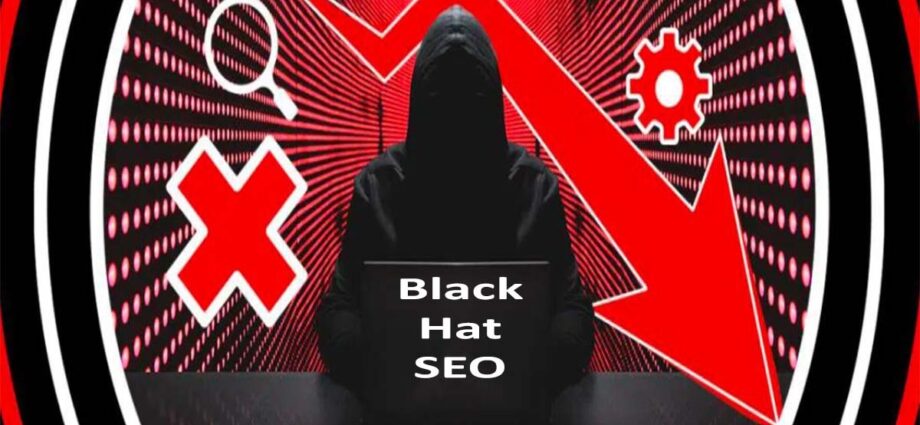Negative SEO, also known as “black hat SEO,” entails using malicious tactics on your site to harm your Google reputation and steal search engine rankings for important keywords to be used on a competitor’s site.

Types of Negative SEO Attacks
Link farming
Posting duplicate content
Modifying content
Creating fake social media profiles
De-indexing the site
Forcefully crawling
Committing click fraud
Adding malware
Link farming:
Unreliable parties may direct low-quality connections to your website from websites built purely for storing irrelevant, spammy links.
Posting duplicate content:
One of the simplest ways spammers penalize your site is by copying and duplicating your material and publishing it on other websites.
Modifying content:
Running invisible scripts from the header or footer templates is how content is modified in this situation.
Creating fake social media profiles:
Spammers often attack through social media, creating accounts on Facebook or Twitter with a company’s name and publishing negative reviews or posting low-quality posts to ruin their reputation.
De-indexing the site:
This involves changing your robots.txt file in the server to remove you from the search.
Forcefully crawling:
Slowing down websites is easy for negative SEO practitioners to cause damage. By forcefully crawling the site, taxing the server load, and ultimately crashing the site, negative SEO practitioners can decrease or de-rank your site.
Committing click fraud:
A specially programmed CTR bot looks for the site’s main keywords and branded terms, then click on the listing, only to quickly bounce back to the search engine request page. The site gets dropped once Google surmises the site’s owner may be trying to “game the system.”
Adding malware:
If malware attacks your site, Google may warn users that “this site may be hacked” before forwarding, causing traffic to plummet.
How to Protect Your Website from Negative SEO?
Attempt to Remove the Negative Links
After determining which backlinks to remove, contact the website’s webmaster and request that your link be removed. If your link is not removed and you do not receive an answer, you can contact the website’s hosting company and request that the spammy links be removed. The majority of hosting companies will assist you in removing the links.
Audit Your Site Links
Regularly reviewing your link profile can also stop negative SEO. You can use tools to audit your backlinks. If you discover a large number of spammy backlinks, use Google’s disavow service to remove those links from your link profile.
Use Search Console
This service allows you to detect indexing errors and other site issues in real time and take appropriate action.
Install spam protection
The easiest way is to add Recaptcha or an anti-spam plugin.
Keep Your Best Backlinks Safe
Spammers will frequently attempt to remove your best backlinks. They usually contact the website owner of the link and request that the webmaster remove your backlink.
Investigate for Duplicate Content
Content duplication is a common technique used by spammers. They copy your website’s content and distribute it wherever they can. If the majority of your content is duplicated, your website is likely to be penalised and lose rankings.
Copyscape.com can help you determine whether your website has duplicate pages on the internet. Simply enter your website or the body of the article to be verified, and it will show you if your content is being published elsewhere without your permission.
Keep an eye on your social media mentions
Spammers will sometimes create fake accounts on social media using your company or website name. Before they gain followers, try to remove these profiles by reporting them as spam.
Keep an eye on the speed of your website
If your website suddenly takes a long time to load, make sure it isn’t due to someone sending thousands of requests per second to your server. If you do not act quickly to stop this, spammers may bring your server down.
Conclusion
Website security and search engine impressions are critical for any website that wishes to be successful. This is a list of things you can do to avoid negative SEO:
- Google Webmaster Tools can be used to generate email alerts.
- MonitorBacklinks.com allows you to track your backlinks profile and receive email alerts when new links are added.
- Protect your website against malware and hackers. Use the Google Authenticator WordPress plugin.
- Copyscape.com can be used to check for duplicate content.
- Mention.net can help you find mentions of your company name on social media and websites.
- Pingdom.com is a website uptime monitoring service.
- Negative SEO should not be used against your website by accident.
- Make no enemies.

